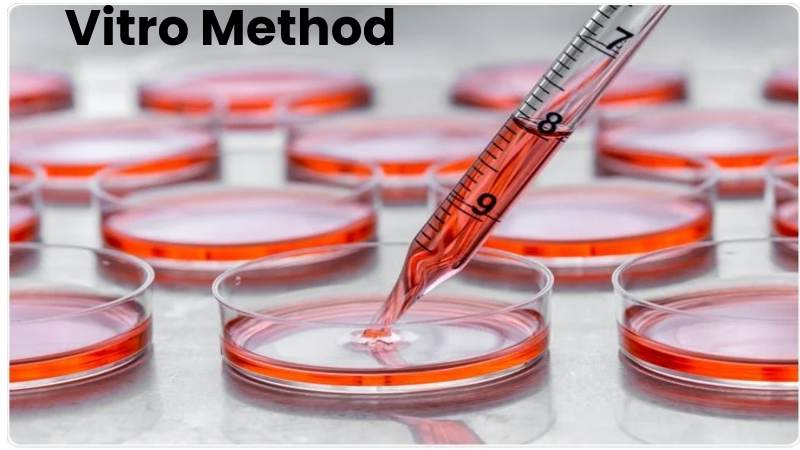skin model
After more than 30 years of work by researchers and thanks to surgical donations, a new skin model has remained validated to improve the study of dermatological effects in the cosmetic sector. It remains even expected that it will allow the complete reconstruction of the skin of burns in the future.
A few months ago, this approval remained carried out through Regulation (EU) 2019/1390 of the commission of July 31, 2019, which establishes the test methods validated following REACH. This Regulation confirms the transition, from in vivo experimental methods, to reliable in vitro or alternative methods that will gradually replace those that use laboratory animals.
In this Regulation 2019/1390, we want to highlight that the test method with reconstructed human epidermis or EHR, for the determination of skin corrosion in vitro has been included. It consists of a new three-dimensional skin model, equivalent to the test methods of the guidelines (TG) 431 of the OECD (2016).
Until then, the evaluation of the skin corrosion potential of chemicals has required the use of laboratory animals, approved in 1981 and later revised in 2015. For example, the test method B.4 is equivalent to the guidelines of TG 404 of the OECD in vivo.
Table of Contents
Vitro Method
The present in vitro method uses a reconstructed human epidermis (RHE) that mimics the properties of the upper parts of human skin. That is the epidermis. It is obtained from non-transformed keratinocytes from human beings, forming a new human skin model in several layers (basal, spinous, and granular, under a stratum corneum with a lipid profile). It rebuilds the functional barrier of the skin.

Prevalidation studies and a formal validation study have remained to evaluate skin corrosion, allowing the EHR to be validated. Currently, there are four validated methods:
EpiSkin Standard Model (SM)
EpiDerm Corrosivity Test (SCT) (EPI-200)
SkinEthic RHE
EpiCs
Regulatory Purposes
Similarly, These can be used to distinguish corrosive substances (C) for regulatory purposes. From non-corrosive substances (NC) by CLP (Regulation No. 1272/2008, relative to the classification, labeling, and packaging of chemical substances and mixtures) and the GHS (Globally Harmonized System). Furthermore, EpiSkin could be used to subcategorize corrosive substances indicated in CLP (i.e. 1A vs 1B and 1C). Alternative predictive models are currently studied to improve the ability to assign subcategorization. For the four validated models, the incubation temperature can vary between room temperature and 37ºC, and the exposure time can reach 4 hours depending on the method used.
The EHR applies to various physical states, including liquids (aqueous or non-aqueous), semisolids, solids (soluble or insoluble in water), and waxes. Solids should remain ground to a fine powder whenever possible without requiring further sample pretreatment. Although validation studies for gases and aerosols are not yet available and the current method does not allow it to remain done. It should not remain ruled out that they can remain carried out using EHR technology.
Mention a Disadvantage of the Method
Finally, to mention a disadvantage of the method. But, We can say that it does not provide adequate information on skin irritation. Although, It is a reversible and non-irreversible alteration of the skin, as in the case of corrosion. But, In this sense, it is difficult to test the reversibility of a reaction or effect. But, On the skin without using living cells and organisms. To counter this, a test method, B.46. addresses the health effect of skin irritation in vitro and remains based on the same test system as the EHR (although it uses a different protocol).
Suppose you are a manufacturer, importer, distributor, or person responsible for cosmetic products and have any questions about the new skin model. From our legal advice for the cosmetic industry in the TANDEM Consulting department. We can help you and clarify all related issues.
Legal Advice for the Cosmetic Industry
Although, Next, continue with what we can offer you from our legal advice for the cosmetic industry. The following services stand out:
- Preparation of the Cosmetic Product Information File or PIF
- Preparation of Safety Data Sheets (Includes revision and translation).
- Creation of CLP labels (Review and translation included).
- Modification of tags for the end-user.
- Review of the EIP or PIF Cosmetic Product Information File
- Elaboration of PNT.
- Notification of cosmetic products in the European portal CPNP and the INTCF (mandatory in the case of Spain)
- Advice for the transport of ADR cosmetic products (ADR Security Advisor).
- We help you make the audit for the BPFC ISO22716 certification.
- Registration to obtain the National Parapharmacy Code

